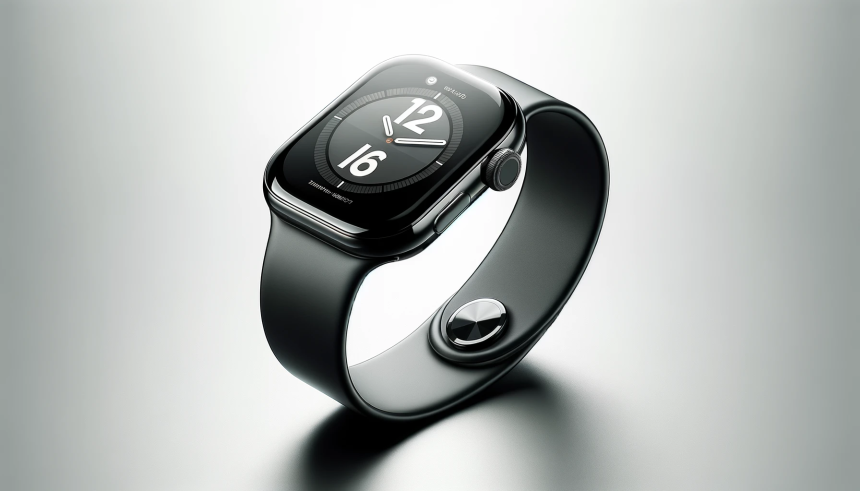Apple has filed a new patent that could signal upcoming changes in how consumers purchase Apple Watches. This innovation may streamline the buying process and integrate more seamless payment solutions. Industry experts are watching closely to see how these developments will affect the smartwatch market.
Previous approaches to selling Apple Watches have primarily relied on Apple’s retail stores and online platforms. The newly published patent suggests a shift towards more integrated and possibly automated purchasing systems. This evolution indicates Apple’s intent to enhance the user experience and expand market accessibility.
What New Technologies Will Apple Implement?
The patent outlines the use of augmented reality (AR) to allow customers to visualize Apple Watches on their wrists before purchase. By leveraging AR, Apple aims to provide a more interactive shopping experience, reducing the uncertainty consumers might feel when buying high-end electronics.
How Will Payment Processes Change?
Apple is exploring advanced payment methods within the proposed system. The integration of Apple Pay and other digital wallets could make transactions faster and more secure. This approach aims to simplify the checkout process, encouraging more sales through convenience and efficiency.
What Impact Might This Have on Retailers?
Retail partners may need to adopt new technologies to stay aligned with Apple’s updated purchasing methods. This could lead to collaborations that enhance in-store experiences or the development of new sales channels. Retailers embracing these changes might benefit from increased customer engagement and higher sales volumes.
The introduction of this patent marks a significant step in Apple’s ongoing efforts to innovate its sales strategies. By incorporating AR and advanced payment systems, Apple not only aims to improve the buying experience but also sets a precedent for the future of retail in the tech industry. Consumers can anticipate a more integrated and user-friendly approach to purchasing Apple products, potentially influencing their buying habits and expectations.










